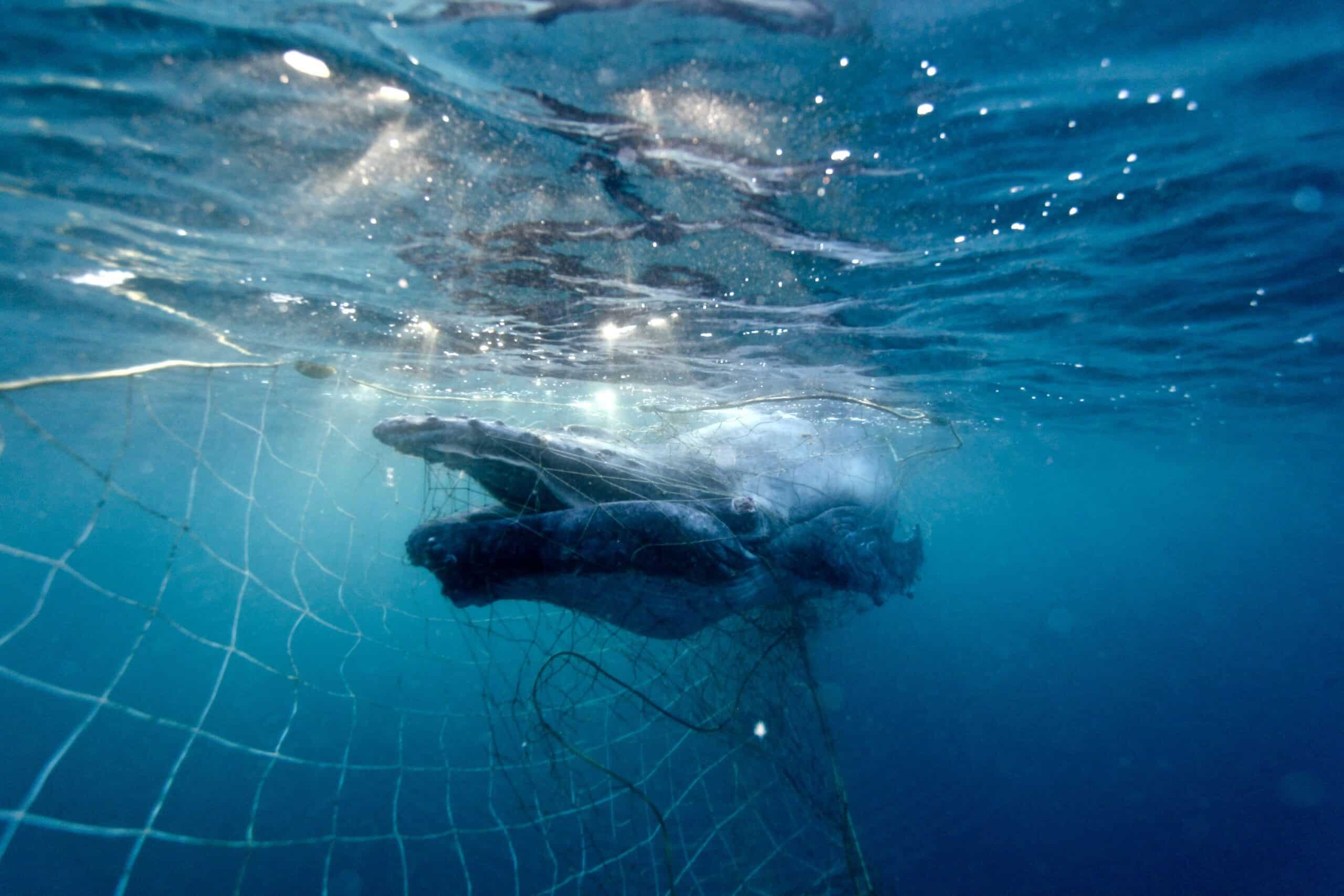Research shows that Australia’s great white sharks are highly related to each other and may consist of fewer than 500 breeding animals. SYDNEY, 24 June 2025: Latest research has found Australia’s great white shark population is much smaller than expected, increasing their vulnerability to further population threats. The population...
The Australian Government has finally determined that extreme wildfires are a key threat to nature – 13 years after the threat was nominated. Five national conservation groups, today launching a report called Averting Extinctions, point to this very welcome, but long-delayed listing as symptomatic of the dysfunction in Australia’s federal system for dealing with major threats to nature.
‘Fire regimes that cause biodiversity decline’ was listed last week as a key threatening process under the EPBC Act (Australia’s national environmental law) after being nominated in 2008.
The listing comes after advice from the Australian Government’s Threatened Species Scientific Committee that adverse fire regimes are a known threat to more than 800 native species and 65 ecological communities listed as threatened under the EPBC Act.
So far, the listing comes without any commitment by the federal government to prepare a threat abatement plan. Even with such a plan, the Averting Extinctions report points out, its implementation relies on the individual inclinations and disinclinations of each state and territory government.
The 5 conservation groups warn that Australia faces an avalanche of imminent extinctions unless the threat abatement system is strengthened.
‘More than 100 species have recently been assessed as having a high risk of extinction in the next 10–20 years, more than the total number of confirmed extinctions since European colonisation,’ Dr Carol Booth, Principal Policy Analyst, Invasive Species Council, said.
‘The reasons are clear – invasive species are running riot, bulldozers continue to knock down habitat, cataclysmic wildfires are devastating vast areas, and climate change is driving extreme weather events.’
The Averting Extinctions report notes that since the first threats were listed in 1994 (prior to the EPBC Act), the national threatened species list has grown by 70% and Australia has recorded 5 more extinctions of native animals (with 2 species surviving in captivity).
‘Our current national threat abatement strategies are not working. The growing list of threatened species and declining ecosystems attest to that,’ Dr Rebecca Spindler, Executive Manager Science and Conservation, Bush Heritage Australia, said.
‘With so many threats predicted to worsen over the coming decades, we need to be more strategic, decisive and effective than ever before.
‘The spirit of collaboration in the conservation sector is stronger than ever, and a cohesive strategy for threat abatement across landscapes will lay the groundwork for conservation innovation to stem the loss of species.’
‘For the sake of our natural systems, and indeed for humankind, a whole-of-country commitment to threat abatement is essential,’ Dr Jody Gunn, CEO, Australian Land Conservation Alliance, said.
‘The private land conservation sector plays a significant role in delivering threat abatement actions and solutions, and with adequate support is ready to scale up its efforts.
‘But adequate funding for threat abatement is needed to curb Australia’s rapidly growing list of threatened species.’
‘Done well, threat abatement plans are very effective,’ Nicola Beynon, Head of Campaigns, Humane Society International, said.
‘The longline fishing threat abatement plan, in place for 2 decades and backed by regulations, is successfully reducing albatross bycatch in Australian waters.
‘It shows what is possible when government agencies, industry and conservationists cooperate and innovate to find solutions.’
‘We warmly welcome the recent listing of “fire regimes that cause biodiversity loss” as a key threatening process,’ Samantha Vine, Head of Conservation, Birdlife Australia, said.
‘We call on the Australian Government to display leadership and prepare a threat abatement plan to drive the research, management and other actions needed to reduce this major threat to native species and ecological communities.’
The Averting Extinctions report calls for more systematic listing of threats, more flexible response options including regional plans (as recommended by the Samuel review of the EPBC Act), more funding, and commitments by all governments to implement threat abatement plans.
Most of all, it says, Australia needs to become much more ambitious about overcoming major threats.
The groups are calling on all political parties to commit to stopping extinctions by reviewing and strengthening conservation planning for both threat abatement and the recovery of threatened species and ecological communities.
Download Averting Extinctions here.


